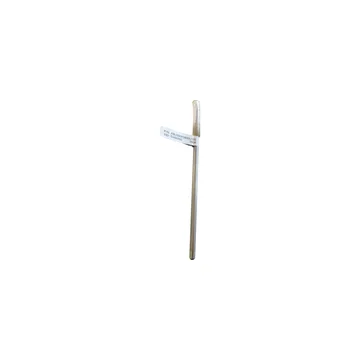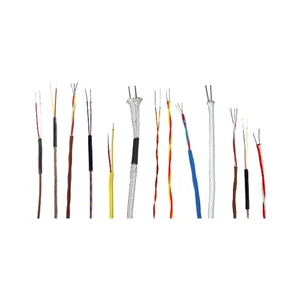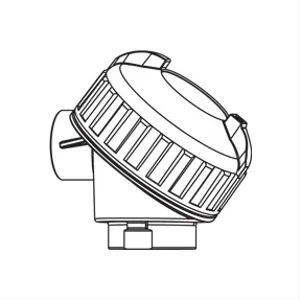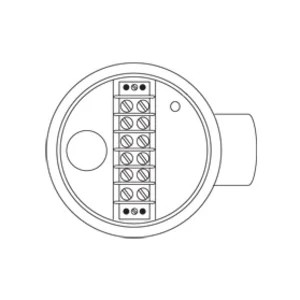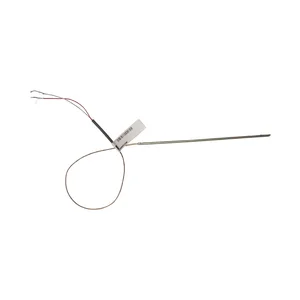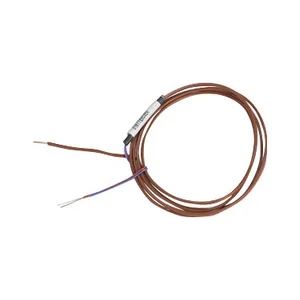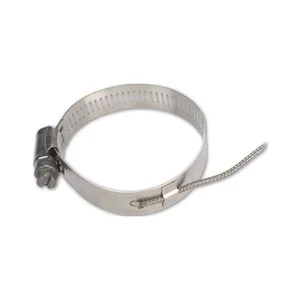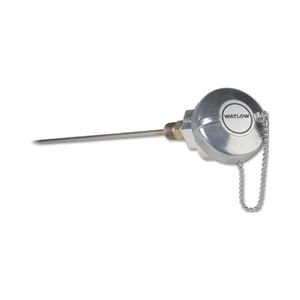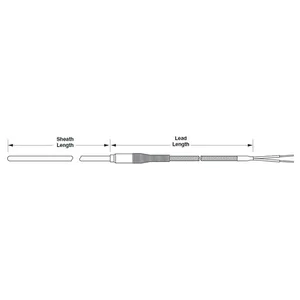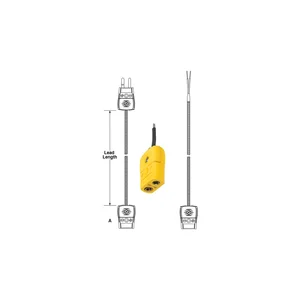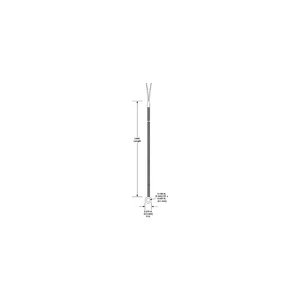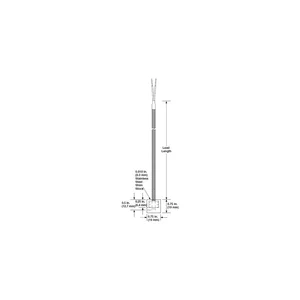Features
- Special mineral insulation protects thermocouple form moisture and thermal shock
- Permits operation in high temperature and pressure environments
- Small diameters are ideal when physical space or extremely fast response are critical
- Flexible NACTPAK material allows forming and bending of the thermocouple
- Outer sheath protects wires from oxidation and hostile environments
- Wide range of sheath materials, diameters and calibrations to meet specific requirements
Watlow AB style mineral insulated cut and stripped thermocouples are fast-responding, durable, and capable
of handling higher temperatures than non-insulated thermocouples.
Watlow AB style mineral insulated cut and stripped thermocouples are manufactured with XACTPAK®, Watlow's
trademark for metal-sheathed, mineral insulated (MI) thermocouple material. XACTPAK® responds quickly
because the protective metal outer sheath allows the use of smaller diameter thermocouple conductors. The
rock hard compacted MgO insulation further enhances the sensor's ability to "read" temperature by transferring
heat quickly to the measuring junction.
The XACTPAK® protecting sheath and compacted insulation protects from moisture, thermal shock, high
temperatures, and high pressure to allow the Watlow AB style mineral insulated cut and stripped thermocouple
to outperform its bare wire counterparts in most applications.
The Watlow AB style mineral insulated cut and stripped thermocouple features mineral insulation for performance
and allows users to terminate the thermocouple for convenience. The AB style is simply a section of XACTPAK®
material, junctioned and stripped. The Watlow AB style mineral insulated cut and stripped thermocouple is the
most basic of all the mineral insulated thermocouple styles. The cold end is stripped and sealed with epoxy to
inhibit moisture penetration. A dual element style allows two instruments to run off the same element, reducing
costs.
Applications for the Watlow AB Style Mineral Insulated Cut and Stripped Thermocouple
Heat treating
Furnaces/kilns
Turbines
Bearing temperature
Power stations
Steam generators
Diesel engines
Nuclear reactors
Atomic research
Jet engines and test cells
Rocket engines
Semiconductor manufacturing
Refineries/oil processing
Catalytic reformers
Food Processing

